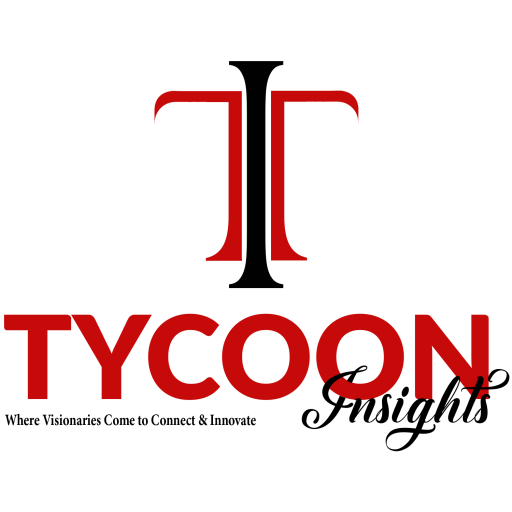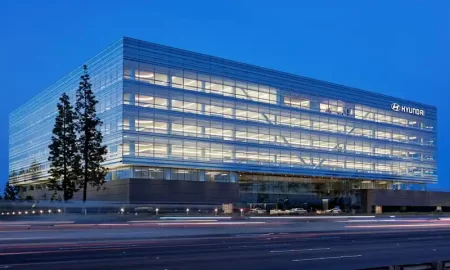Why Talent Growth Must Align with Business Vision
Talent development isn’t just an HR function in today’s corporate world; it’s an imperative part of the entire business strategy. Companies that don’t adapt employee development to their vision and future plans become stagnant and miss opportunities. When organizations facilitate skills and leadership attributes that build-up towards their strategic objectives, they are developing a workforce that drives sustainable success.
Role of Leadership in Talent Alignment
The steering wheel for talent development is the executive team. The executives must clearly communicate the plan of the company and ensure the roles of the employees have a vision. Continuous learning makes it easy for leaders to stretch employees to gain equipping skills according to the developing business needs.
Create a Skills-First Culture
Acquisition of skills frameworks ensures competencies that deliver business growth impact actually define employee performance. Companies should make continuous investments in training facilities and technologies to empower the workforce to meet challenges and develop new types of leadership needed in the organization. Upskilling and reskilling will give enough skills set to make competition and high levels of engagement, motivation, and competence in a workforce.
Workforce Planning for Long-Term Success
Long-term workforce strategic planning involves assessing current human talent capabilities against future needs. This means early identification of necessary skill gaps that allows businesses to forge connections with targeted employee development programs as preparation for developing roles. This not only helps with retention-enhancing activities but also brings more fortification against fluctuations in the market.
Employee Engagement and Business Vision
An engaged employee is more likely to align himself or herself with the mission of the company. Most of the time, this will mean that the employee is engaged by and transformed into a shared conviction or value of greater purpose rather than a mere set of values from the organization. For example: invest in establishing a working environment where employees feel that they are valued, heard, and motivated, clearly defining career paths, mentorship programs, recognition initiatives, etc., for higher immersive commitment and satisfaction levels.
Utilizing Technology for Talent Growth
For an organization, talent management has become digitized. It is through this that organizations can put in place artificial intelligence-powered learning platforms, performance analytics, and even virtual training modules for constructing pathways of individual employee growth. By not losing the values of talent development for an organization through such integrated technological applications, they will further their businesses in productivity and innovation.
Diversity and Inclusion as a Catalyst for Growth in Business
Diversity brings in fresh thinking, enhanced creativity, and a different variety of skills to the organization. Companies that have a prioritized commitment toward diversity and inclusion (D&I) foster an environment for talent of different backgrounds to work. That enhanced business agility not only strengthens company reputations but also makes the business able to extend its market reach.
Measuring the Effect of Talent Development
To ensure alignment of talent growth initiatives with business goals, organizations must develop some performance metrics. Aspects such as employee progress and retention rates, leadership development, and productivity can be used to evaluate strategic constructs for talent development. Other measures can facilitate the continuous improvement of development programs through constant feedback loops.
Talent Alignment Challenges and Their Remedies
Talent alignment for business vision is, however, not without its challenges. They include a poor level of communication, resistance to change, and lack of resources. Here, companies should instill a culture of transparency in the organization, enable learning opportunities from time to time, and get buy-in from top executives for the value of development initiatives.
Conclusion: A Future-Ready Workforce
In addition to that, the capability of talent growth will determine the organization in which its vision gets strategic alignment. Organizations will eventually succeed in the long run if they invest in their employees and care about skills development, as well as infusion foster-engagement through participation in the implementation of policies that inspire the work atmosphere. Businesses should continuously change or modify their talent strategies so that their workforces travel into a future-ready nature.












